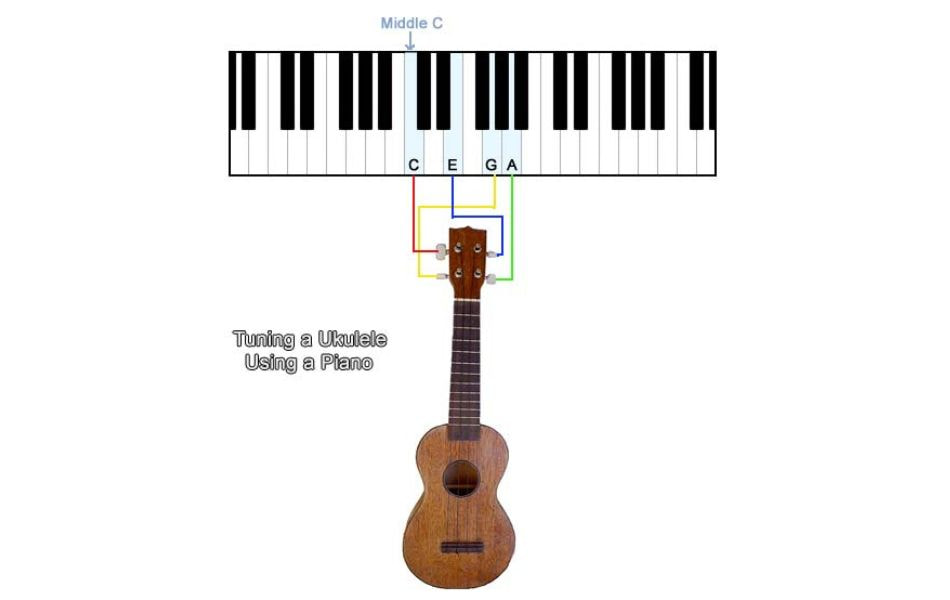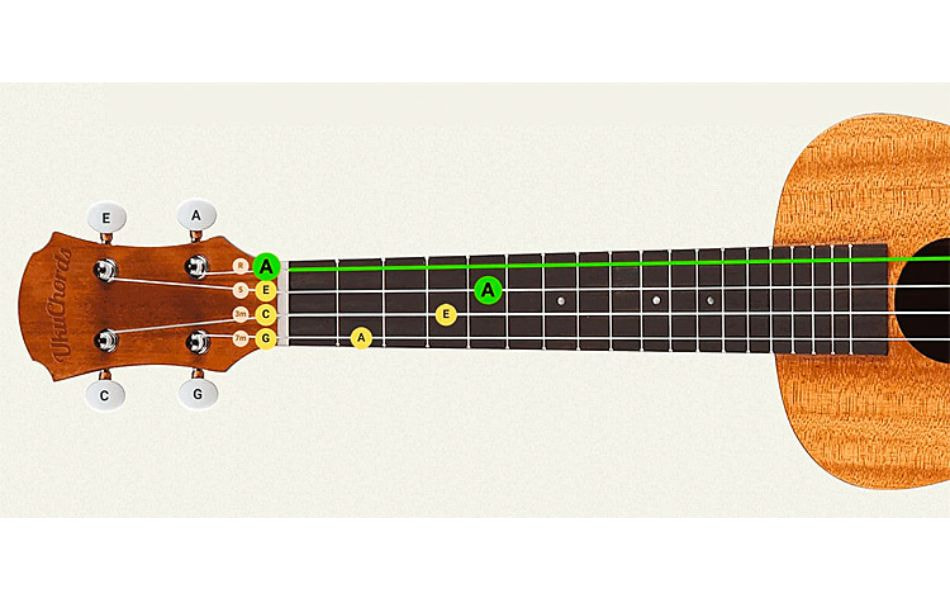How To Tune Ukulele Without Tuner
While there's no shortage of convenient electronic tuners on the market nowadays, what if you're caught without one and urgently need to tune your ukulele? Don't fret! There's a handy technique called tune ukulele without tuner. It's simple and effective.
What is ukulele tuner?
A ukulele tuner is a device or an application used to adjust the strings of a ukulele to produce the correct pitch. It helps ensure that each string is tuned to the correct musical note, allowing the ukulele to sound in tune when played. There are various types of ukulele tuners, including physical tuners with displays or LED indicators, and mobile applications that use the microphone of a smartphone to detect and display the pitch of each string.
Therefore, if you don't have the budget to own tuning devices or use any ukulele tuning app, we can still assist you in achieving accuracy. However, these methods require you to have proficient skills and a deeper understanding of the instrument.
3 Ways to tune ukulele without tuner
Using the piano
To tune your ukulele using this method, start by playing a note on the external instrument that corresponds to the string you are tuning. Then, adjust the tuning peg of your ukulele until the pitch of the string matches the reference note. Repeat this process for each string until all strings are in tune.

The standard tuning for a ukulele is typically G-C-E-A, with the G string being the highest pitched string and the A string being the lowest pitched string when strummed open. Find the Reference Notes on the Piano: Locate the corresponding notes on the piano for each string of the ukulele:
- G String: This is usually located to the left of a group of two black keys. It's the key to the left of the first black key.
- C String: This is located to the left of a group of two black keys. It's the key to the left of the group of two black keys.
- E String: This is typically located to the right of a group of two black keys. It's the key to the right of the first black key.
- A String: This is located to the right of a group of two black keys. It's the key to the left of the group of three black keys.
Pluck the corresponding string on the ukulele and listen to the sound. Then, play the corresponding note on the piano. Adjust the tuning peg of the ukulele until the pitch of the string matches the pitch of the note played on the piano.
Go through each string of the ukulele, tuning them one by one to match the corresponding notes on the piano. Check the Tuning: Once you've tuned all the strings, strum the ukulele to check if it sounds in tune and make any necessary adjustments.
Tune by ear: tune ukulele without tuner
In this method, you'll use the pitch of one string as a reference to tune another string. By comparing the pitch of one string to another, you can adjust the tuning of the second string until they sound harmonious together.

Start by selecting a string to serve as your reference. This could be any of the four strings on the ukulele. For example, let's choose the C string (3rd string) as our reference.
Tune the Next String: Now, choose the next string you want to tune. For instance, let's tune the E string (4th string). Pluck the open C string (3rd string) and listen to its pitch.
Match the Pitch: Fret the fourth fret of the C string. This note should produce the same pitch as the open E string. Adjust the tuning peg of the E string until the pitch matches the fretted note on the C string.
Repeat for Other Strings: You can use similar techniques for tuning the other strings. For example:
Tune the open A string (1st string) to match the pitch of the G string (2nd string) when fretted at the second fret.
Tune the open G string (2nd string) to match the pitch of the E string (4th string) when fretted at the third fret.
Check and Adjust: After tuning each string, strum the ukulele to check if it sounds harmonious. Make any necessary adjustments by repeating the process if needed.
So, whether you're facing a situation where you're without an electronic tuner or simply prefer a more intuitive approach to tuning your ukulele, relative tuning offers a practical solution. By leveraging the relationships between the strings, you can achieve accurate tuning without relying on perfect pitch. Next time you find yourself in need of tuning your ukulele on the go, remember the simplicity and effectiveness of relative tuning.







